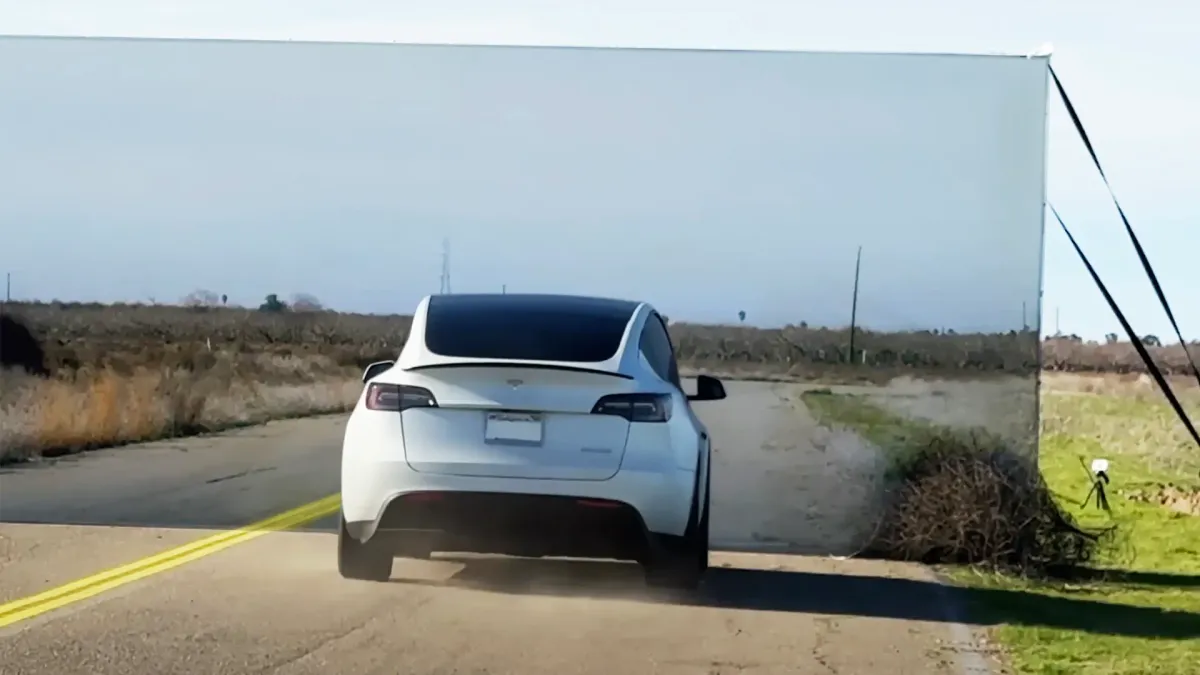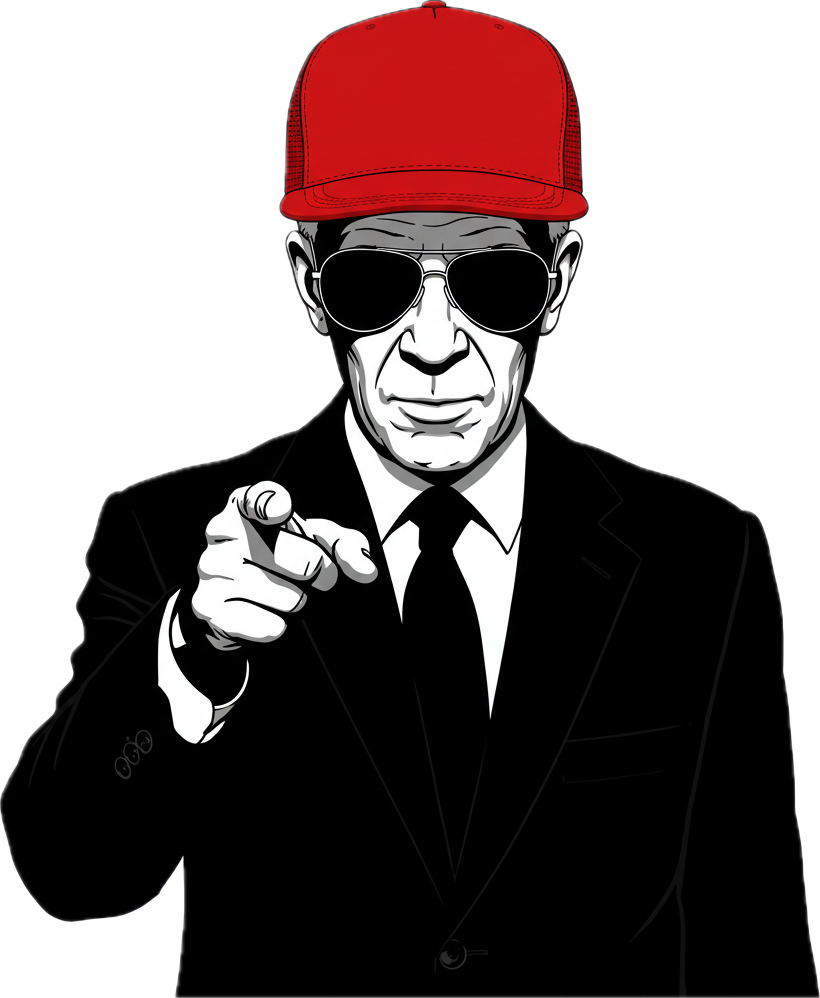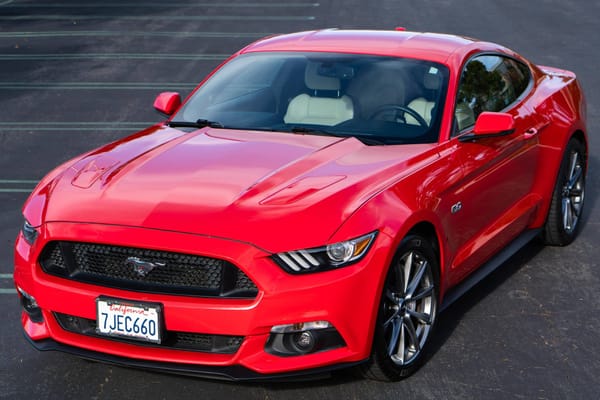Tesla Autopilot Fails Wile E. Coyote Test, Drives Itself Into Picture of a Road

Mark Rober who used to work at NASA and produces videos on YouTube showed during weekend hours how camera-only Autopilot systems in Teslas differ from vehicles that utilize lidar technology. The main reason Rober set up the test was to observe how the vehicles performed when approaching the wall that simulated the road.
The lidar-equipped vehicle applies the brakes before collision but the Tesla Model Y continues forward without stopping.
Thousands of viewers saw and liked the video because the video accumulated 10 million views during its first two days. The public gave Rober praise because he revealed Tesla’s dangerous driver-assist system. Various people discredited Rober's video as fake because they identified multiple unconvincing points. At the same time some spectators asserted that Tesla's opponents employed the recorded incident to assault Musk's advanced self-driving car goals by overemphasizing Luminar throughout the video.
I disagree with Rober’s video title “Can you fool a self-driving car” because both vehicles in his experiment did not qualify as self-driving vehicles. During the evaluation both vehicles functioned under driver control. Autopilot by Tesla operates as a first-generation driver-assistance system that fails to transform a vehicle into an autonomous driver. The manufacturers explicitly tell drivers to stay focused when using Autopilot while driving on the road. Rober commits the common mistake linking autonomous driving technology with its advanced driver assistance variants. We’ve all been there.
Let’s see if we can address some of the other issues too.
Claim No. 1: Autopilot isn’t on during the test
The vast majority of critical responses directed at Rober's video demonstrate skepticism toward his test results since they believe he fabricated the test outcome to discredit Tesla. Analysis of the Tesla Autopilot system shows that Autopilot does not activate during the instant the vehicle encounters the fake wall through examination of center display images which lack standard Autopilot indicators.
Rober eventually released “raw footage” of the test which demonstrated Autopilot was operating a few seconds before the accident occurred due to growing loud reports from observers.
Claim No. 2: Autopilot disengages right before impact
But wait! Many observant viewers can detect that Autopilot stops functioning a brief moment before the collision. The Tesla supporters state that Robert's hand movements on the wheel lead to the Autopilot systems disconnection but other observers speculate about this being a major industry problem. The program within Autopilot from Tesla operates according to a predefined protocol which causes it to disable itself before a collision to prevent liability assignments.
Yes and no. The technology of Autopilot has been publicly known for several years now. The discovery by Rober was independent from the phenomenon itself although it remains questionable despite his lack of discovery.
In 2022, the National Highway Traffic Safety Administration (NHTSA) released an investigation into dozens of incidents in which Tesla drivers, while using Autopilot, crashed into stationary emergency vehicles that were parked on the side of the road. In 16 of those crashes, investigators discovered that Autopilot “aborted vehicle control less than one second prior to the first impact.”
A lot of critics assume this is Tesla’s way to avoid getting blamed when its Autopilot system fails to respond to an imminent crash. And yeah, I can see how it certainly looks that way. But NHTSA didn’t find any evidence that suggests Tesla’s intentions were nefarious. And it’s worth noting that a crash that takes place within five seconds of Autopilot being deactivated is still registered by Tesla as an Autopilot crash.
Claim No. 3: Autopilot is an outdated system
Tesla fans also took issue with Rober’s use of Autopilot for the test, noting that the system hasn’t been updated in years and that Tesla’s Full Self-Driving (FSD) feature is the more up-to-date and capable system.
But if the purpose of Rober’s video was to expose the difference between Tesla’s camera-only approach to self-driving and those relying on cameras alongside lidar and other sensors, it doesn’t really make sense to criticize his use of Autopilot. FSD may be more technologically mature than Autopilot, but it still relies on the same cameras as its predecessor.
Tesla infamously removed the forward-facing radar and ultrasonic sensors from its vehicles in 2021 in favor of the new “Tesla Vision” approach. A number of engineers raised objections at the time — only to be overruled by Musk.
Sure, FSD has a more sophisticated software stack, trained on end-to-end neural networks to include city, highway, and parking lot driving scenarios. It’s easy to fire off a post on X claiming the system would have braked before running into Rober’s fake wall. But it also could have made the same error. After all, this is the same company that knew Autopilot had difficulty detecting truck trailers crossing the path of the vehicle and did nothing to fix it.
Claim No. 4: there were multiple takes
In the original video posted on YouTube, Rober engages Autopilot while traveling at 39mph. But in the “raw footage” he posted on X, the system is activated at 42mph — raising speculation that there were multiple takes and that Rober is heightening the drama for his YouTube audience.
To which I would say, yeah, no shit. If you really think a YouTuber with 65 million followers isn’t doing multiple takes in every video before publishing, I have some lovely seaside property to sell you in Ohio.
Claim No. 5: it was sponcon
Screenshot: Drive Tesla Canada
The prominence of lidar company Luminar’s logo throughout the video has raised questions about whether Rober was paid by the company to promote its technology. And Luminar has conducted its own tests against Tesla’s vehicles in the past to show the advantages of the laser sensor over a camera-only system. As noted by Drive Tesla Canada, Luminar even promoted Rober’s video on its own website before removing it.
In the video’s notes, Rober thanks Luminar for the use of its lidar-equipped vehicle but notes that “no compensation was given, and this is not a paid promotion.”
Claim No. 6: the Pixel phone in the video was photoshopped
Rober supposedly uses a Pixel phone to film some of the shots inside the vehicles, but some users on X note that the “G” on the back of the phone is vertical even when the phone is in landscape, which has led some to speculate that he’s actually filming with an iPhone. Rober has used Pixel phones in past videos, but there’s no mention of Google as a sponsor of the video.
Yeah, I got nothing here. It looks pretty sloppy. And I will note that using Photoshop in a video without disclosing it to your audience opens you up to many valid questions about what else you might be manipulating.
Claim No. 7: the hole in the wall was fake
That is one Looney Tunes-shaped hole, if I ever saw one. If you’re pre-scoring the hole, it seems clear you’re planning to drive through it. That’s all folks.


